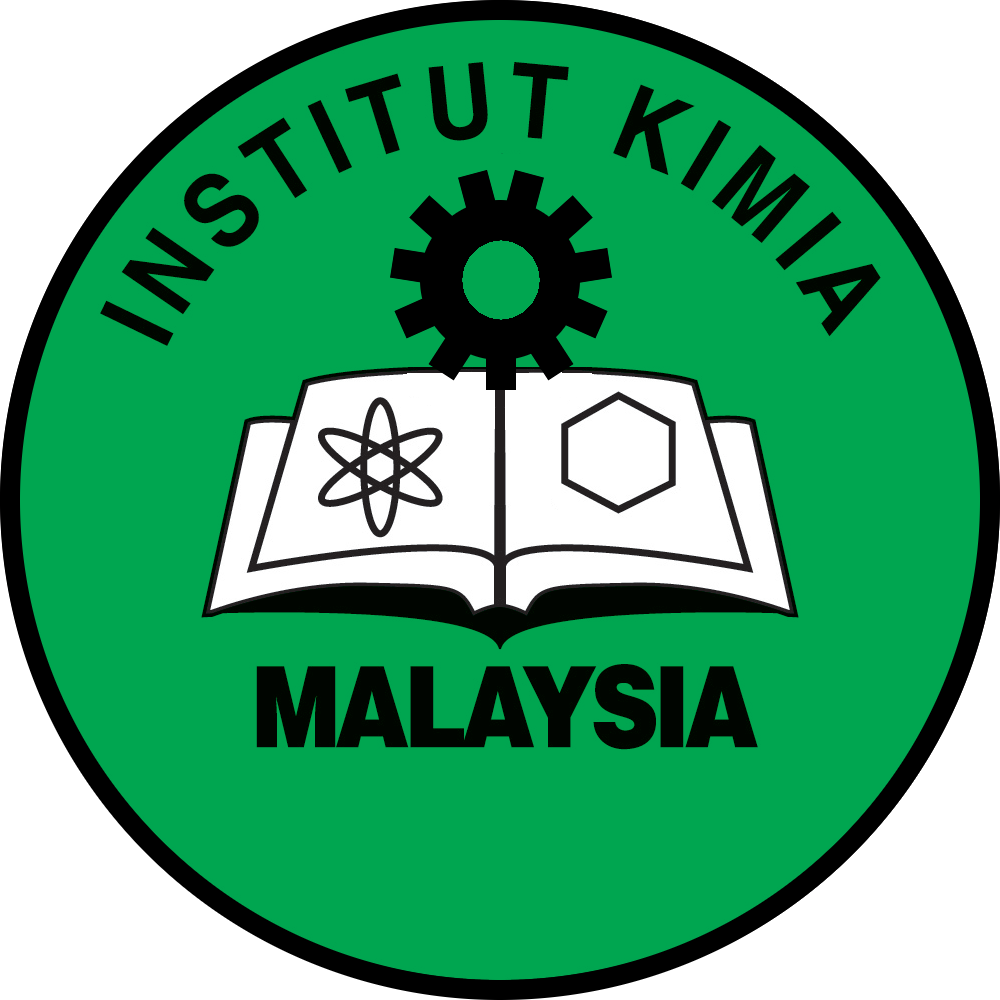Phytochemical Screening, Total Phenolic Contents and Antioxidant Activity of Micromelum minutum Methanol Extract (Leaves and Branches)
DOI: https://doi.org/10.55373/mjchem.v27i3.237
Keywords: Micromelum minutum; phytochemical; total phenolic content; antioxidant activity; DPPH scavenging assay
Abstract
Micromelum minutum, a medicinal plant, has been the subject of increasing research interest due to its potential therapeutic properties. Locally known as the cemumar tree, Micromelum minutum belongs to the Rutaceae family, which is primarily found in the tropics. M. minutum contains biologically active compounds with potential therapeutic applications for treating various illnesses. This study aimed to screen the phytochemical compounds present in M. minutum crude extract, determine the total phenolic content and analyze the antioxidant activity of the crude extracts. The leaves and branches of M. minutum were subjected to the cold extraction method, where both samples were macerated in methanol solvent for three days at room temperature. The research then proceeded to phytochemical screening, where the extracts were tested with various tests to identify the phytochemicals present in the crude extracts. Additionally, the total phenolic content of the samples was investigated using Folin-Ciocalteu's reagent, and the reaction was analyzed using UV-Visible spectroscopy. As for the antioxidant activity, the samples were tested to determine the percentage of 2,2-diphenyl-2-picrylhydrazyl radical scavenging activity, which was also analyzed using UV-Visible spectroscopy. The results show that the leaves crude extract had a higher percentage yield compared to the branches, at 6.20% and 3.68%, respectively. Both the leaves and branches crude extracts exhibited the presence of most phytochemicals, including alkaloids, terpenoids, flavonoids, saponins, tannins, quinones, phenols, reducing sugars, and steroids, except for glycosides. The total phenolic content was found to be higher in the leaves crude extracts at 67.96 ± 1.87 mg GAE/g, compared to 43.17 ± 4.67 mg GAE/g in the branches crude extracts. Furthermore, the leaves crude extract demonstrated a higher percentage of DPPH scavenging activity at 65.69 ± 3.86 %, while the branches crude extract had a lower percentage of 30.75 ± 1.15 %. The present of higher phenolic compound in the leaves extract showed their potent antioxidant property and could be the rich source of natural antioxidants. This study concludes that the M. minutum leaves extract demonstrates natural antioxidant properties, paving the way for further investigation of its bioactive compounds in the field of pharmaceutical research.
